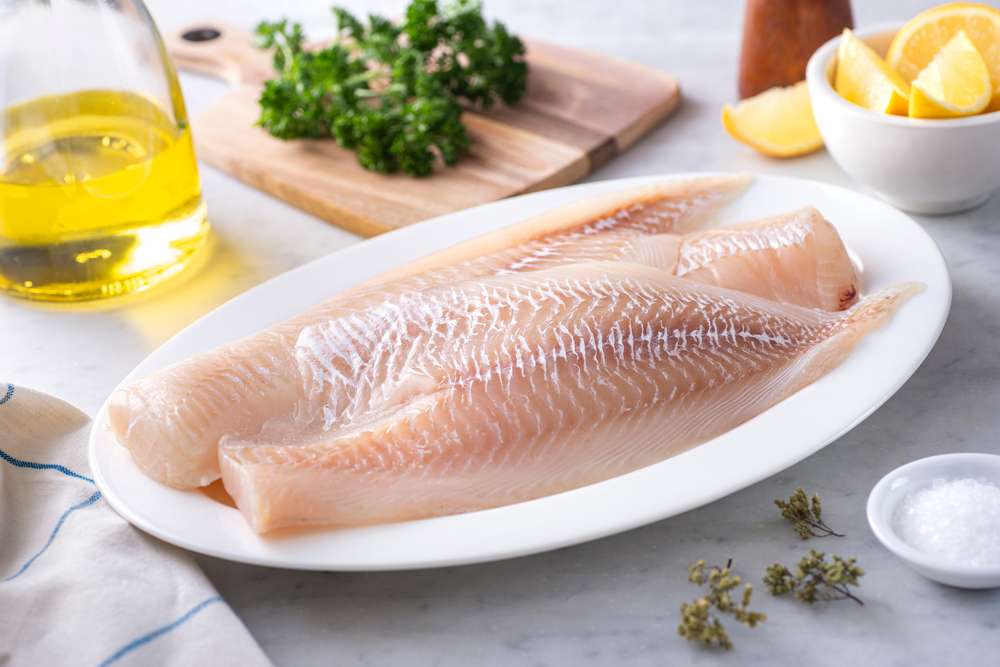Food is essential to human life. It provides the proteins, fats, carbohydrates, vitamins and minerals that we all need to grow and lead active, healthy lives. As such, it’s imperative that consumers everywhere have access to sufficient quantities of it at affordable prices.
Packed with essential nutrients, and through its rich diversity of species and product forms, seafood ranks among the healthiest food categories that we have, providing sustenance to billions of people around the world. In this regard, most health organisations have long advocated including fish or seafood in the human diet a minimum of two to three times a week.

Growing global contribution
While global seafood consumption has been on a consistent upward growth trend since the 1960s and now exceeds 20 kilos per capita, the contribution made by wild-capture fisheries to the overall fish supply has plateaued in recent decades, with most operations now at their maximum sustainable yield.
Fortunately, aquaculture has more than compensated. Today, the farming of aquatic products is widely regarded as one of our leading food supply sectors. According to the Food and Agriculture Organization of the United Nations (FAO), of the 178 million tonnes of seafood produced worldwide in 2020, aquaculture provided 88 million tonnes or 49% of the total. The FAO determines that farmed production accounted for 56% of the amount of aquatic animal food production available for human consumption.
Looking ahead, the UN body forecasts that aquaculture will continue to be the driving force behind the future seafood supply growth. It’s projected to break the 100 million tonne threshold for the first time in 2027 before going on to reach a level of 106 million tonnes by 2030.
Meeting market expectations
To live up to its status as an essential contributor to world food security, the sector’s component businesses and farms have been actively scaling-up their production. A lot of these endeavours have been supported with the on-streaming of new technologies, ranging from multi-million-dollar land-based and offshore farms to novel feed ingredients, and much more besides.
From a sustainability standpoint, aquaculture is a far more efficient protein producer than any land animal farming industry. Additionally, these foods typically have a much smaller carbon footprint than those of other animal-based foods.
Alongside increasing the volume of food that it’s making available, aquaculture has also proven it can meet consumer expectations in terms of producing foods that consumers actually want to eat, and also providing the assurances that a product is what it claims to be, that it’s safe to consume, and that no social or environmental risks have been taken. Farmed seafoods also often represent a more affordable source of protein – cheaper and more accessible than other animal meats.
By keeping on top of shifting consumer and market demands and progressively introducing new technologies and innovations as they become financially feasible, whilst also demonstrating its sustainability credentials, aquaculture remains fully on course to be an even more important contributor to our diets long into the future.











Comments